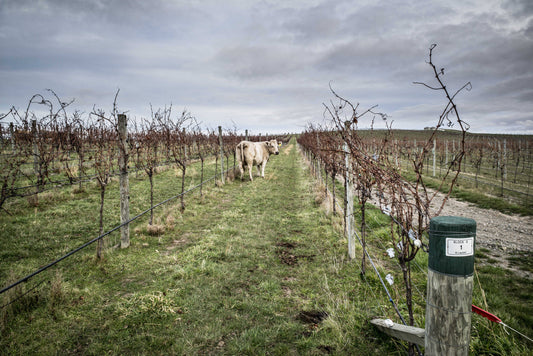| The island’s landscape is dominated by the 785-metre Mount Epomeo, which covers almost one-third of its surface. This huge mass of mostly green volcanic rock, surrounded by lower-lying hills, is a blessed terroir for wine. Ischia’s vineyards are mainly planted on the southern slopes of the mountain which are protected from the wet and windy weather coming from the north.
Mount Epomeo’s recognizable greenness comes from the volcanic tuff formed during an eruption roughly 30,000 years ago – this colouration is typical of volcanic rocks that have been in contact with seawater for a prolonged time: those of Mount Epomeo remained underwater for around 2,000 years.
Tuff is rich in sulphur, manganese and iron. The combination of Ischia’s high mountain vineyards and the extremely rich mineral content of its soils and water are features that contribute to the complexity of flavour and perfume of the island’s wines.
In the 1960s, Ischia had more than 1,000 hectares of vineyards; today, about 400 remain. Ischia’s wine production is dominated by two grapes: Biancolella and Forastera. Although these varieties can be found on the Campanian coast it is in Ischia that they find their best terroir. There is a movement afoot, sponsored by Giancarlo Carriero (the owner of Albergo Regina Isabella, a world-class spa and five-star luxury hotel on the island), to save other little-known – and near-extinct – local varieties such as San Lunardo, Cannamela and Guarnaccia Ischitana. Like Biancolella and Forastera, these are grapes few outside the island will know.
Biancolella is Ischia’s most intrepid climber, growing at altitudes of up to 600 metres. Its wines are always lightly golden tinged, with characteristic white flower and thyme aromas followed by fresh herbs, balsamic, citrus and oregano, plus a noticeable saline and mineral quality on the palate. With age (five to eight years from the vintage), a subtle petrol note develops. Graceful and enchanting, the wines are normally enlivened by a juicy acidity that provides good lift and freshness. DOC Ischia Biancolella on the label denotes wines that are 100% Biancolella, whereas ‘Ischia Bianco’ wines are blends.
Forastera’s name is derived from the Italian forestiera, or ‘foreigner’, as this grape was brought to Ischia in the mid-1800s. Its wines are characterized by sugar accumulation and modest acidity. Compared with Biancolella, Forastera grapes and wines have always been thought of as a little rustic: they are delicately herbal (oregano, mint) and always saline, with hints of ripe apple and dried apricot. They are also richer in mouthfeel and have a more savoury quality than lighter-bodied, citrusy Biancolella.
The best way to remember Ischia’s wine subzones is by township, of which there are six: Barano d’Ischia, Casamicciola, Forio, Ischia, Lacco Ameno and Serrara Fontana. In general, the eastern parts of the island have always been known for Biancolella, the western areas around Forio for Forastera.
Michele’s favourite wines
|



